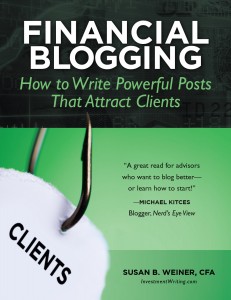JAN. NEWSLETTER: Verbs make your writing vivid
I was struck by this advice in Alexander Chee’s How to Write an Autobiographical Novel:
You want vivid writing. How do we get vivid writing? Verbs, first. Precise verbs. All of the action on the page, everything that happens, happens in the verbs.
According to Chee, writer Annie Dillard told her students to “increase the average number of verbs per page.” Strong verbs allow you to avoid using adverbs to fill in what your verbs fail to convey, as Chee says later in the same chapter of his book.
I discovered an interesting exercise from Dillard in Chee’s book. Dillard told her students to print the draft of an essay. Next, follow these steps, as described by Chee:
… cut out the best sentences … and tape them on a blank page. And when you have that, write in around them. … Fill in what’s missing and make it reach for the best of what you’ve written so far.
I might try that exercise with a personal essay with which I’m struggling.
Speaking of essays, here’s an essay I wrote long ago: “A Pink Kimono From a Japanese Mother.”
Punctuation with quotation marks
I frequently find that writers misplace quotation marks around their other punctuation, as I discussed in “Bloggers’ top two punctuation mistakes.”
If you’re puzzled by the rules of when to punctuate inside or outside quotation marks, review this nice summary about “Punctuation with Quotation Marks” on the website of the library of Loyola Marymount University.
Fact versus interpretation in your blog posts
Fact or interpretation, which should you place first in your article, commentary, or blog post? For my take on this, read “Financial writer’s clinic: fact vs. interpretation.”
Click to email me if you’d like to buy one of my digital products
If you’d like to buy one of my digital products—such as the PDF versions of Financial Blogging or Investment Commentary—click on the “Buy” button to email me so I can send you a PayPal invoice. Thank you for your interest in my products!
Research denials of health care claims
Difficulties with health care claims have been in the news lately.
If you’d like to find out why a claim was denied, try using this Claim File Request from ProPublica. I haven’t used it myself, but ProPublica is a respected investigative journalism organization.
Happy 2025!
I hope that 2025 is a healthy, happy, and prosperous year for you.
What my clients say about me
 “Fast, effective, insightful. I can think of no better resource for superior financial writing.”
“Fast, effective, insightful. I can think of no better resource for superior financial writing.”
“Susan has an exceptional ability to tailor investment communications to the sophistication level of any audience. She has an uncanny ability to make very complex investment and/or economic topics accessible and understandable to anyone.”
“Susan’s particularly good at working through highly technical material very quickly. That’s very important in this business. A lot of people are good writers, but they have an extensive learning curve for something they’re unfamiliar with. Susan was able to jump very quickly into technical material.”
Improve your investment commentary
Attract more clients, prospects, and referral sources by improving your investment commentary with 44 pages of the best tips from the InvestmentWriting.com blog.
Tips include how to organize your thoughts, edit for the “big picture,” edit line by line, and get more mileage out of your commentary.
Available in PDF format for only $9.99. Email me to buy it now!
Boost your blogging now!
Financial Blogging: How to Write Powerful Posts That Attract Clients is available for purchase as a PDF ($39) or a paperback ($49, affiliate link).





